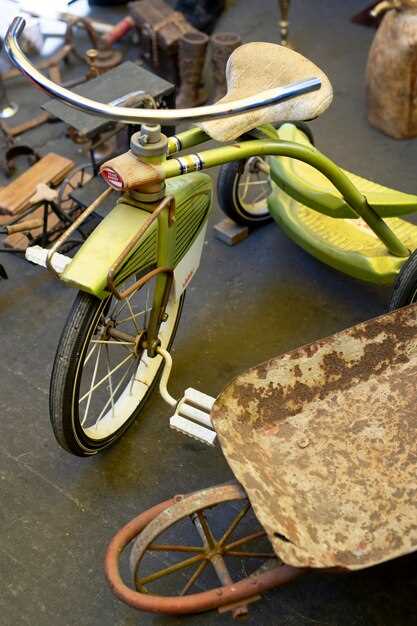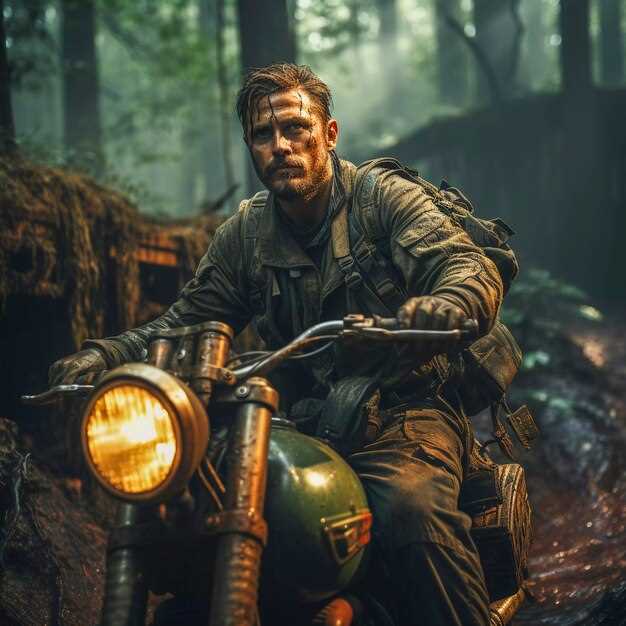

The role of motorcycles during World War II was pivotal, transcending the simple function of transportation to become essential tools of warfare. Motorcycles, with their versatility and speed, served various military purposes, enhancing communication and mobility on the battlefield. They were instrumental in relaying crucial messages, carrying supplies, and evacuating wounded soldiers, making them an invaluable asset for armed forces across the globe.
Different nations embraced motorcycle technology, resulting in a variety of models tailored to specific military needs. From the iconic Harley-Davidson WLA used by the United States to the robust BMW R75 favored by German forces, each design showcased the innovations that propelled military logistics. The adaptability of motorcycles allowed troops to navigate difficult terrains where traditional vehicles could not venture, keeping lines of communication open and ensuring swift movement in dynamic combat situations.
Moreover, motorcycles contributed to the emergence of new tactical strategies. The ability to deploy fast-moving units on motorcycles allowed for rapid reconnaissance missions and surprise attacks, which often shifted the tide of battle. These two-wheeled vehicles not only facilitated conventional warfare but also played roles in guerrilla tactics, demonstrating their profound impact on both strategy and execution during the global conflict.
Motorcycle Design Innovations Driven by Wartime Needs

During World War II, the urgent requirements of warfare prompted significant innovations in motorcycle design. Manufacturers focused on improving performance, durability, and versatility to meet the demands of military operations. One notable innovation was the introduction of all-terrain capabilities, enabling motorcycles to traverse rugged landscapes and varying weather conditions. Off-road tires and reinforced suspensions became standard features, allowing military riders to maintain mobility in harsh environments.
The design of the engine also evolved during this time. Many motorcycles were equipped with larger, more powerful engines to transport troops swiftly and efficiently. The use of lightweight materials in construction helped reduce overall weight while maintaining strength, enhancing speed and agility. Innovations like the introduction of sidecars provided additional functionality, allowing motorcycles to carry supplies or wounded soldiers, thereby expanding their utility on the battlefield.
Electrical systems saw improvements as well, with the addition of reliable lighting and communication equipment. This adaptation enabled motorcycles to be used effectively during nighttime operations and in communication roles, making them critical for coordination among troops. In response to the need for higher fuel efficiency, manufacturers experimented with various engine designs and carburetor configurations, resulting in motorcycles that could cover greater distances without frequent refueling.
Safety features were also prioritized, leading to the introduction of better braking systems and more ergonomic designs for rider comfort. Enhancements in ergonomics made it easier for soldiers to operate motorcycles for extended periods, while improved braking technology provided better control during rapid maneuvers, vital in combat situations.
Ultimately, the innovations driven by wartime needs not only transformed military motorcycles but also influenced post-war civilian designs, blending functionality with a newfound emphasis on performance. The legacy of these innovations is evident in the motorcycles we see today, which owe much to the engineering advancements made during this critical period in history.
Roles of Motorcycles in Military Logistics and Communication
Motorcycles played a vital role in military logistics and communication during World War II, significantly enhancing operational efficiency. Their lightweight design and versatility allowed for rapid movement across diverse terrains, making them ideal for transporting personnel, messages, and essential supplies.
In terms of logistics, motorcycles were primarily utilized for quick delivery of documents, orders, and intelligence reports between units. This capability ensured that commanders could receive timely updates regarding battlefield conditions, enabling faster decision-making and strategic adjustments. Furthermore, motorcycles facilitated the transportation of medical personnel and supplies, allowing for prompt medical assistance to be delivered to injured soldiers, which was crucial in maintaining morale and operational readiness.
Communication units relied heavily on motorcycles to carry messengers equipped with radios. This setup provided a means for real-time information exchange, essential for coordinating troop movements and relay vital updates from the front lines. With their ability to maneuver swiftly around obstacles such as rough terrain or enemy lines, motorcycles ensured that communication was maintained, even in the most chaotic situations.
Additionally, motorcycles equipped with sidecars became mobile command units, further enhancing their utility. These configurations allowed for the transportation of additional personnel, equipment, or even artillery, supporting logistics in a flexible manner. Such adaptability was particularly valuable in the dynamic and unpredictable environments of wartime operations.
In summary, the use of motorcycles in military logistics and communication during World War II proved to be a game changer. Their speed, maneuverability, and capacity to effectively relay information made them indispensable tools for military operations, contributing to the overall effectiveness of armed forces in various theaters of war.
Notable Models and Their Contributions to the War Effort

The strategic use of motorcycles during World War II proved invaluable for various military branches, facilitating swift communication and mobility in diverse combat environments. Among the most notable models, the Harley-Davidson WLA stands out for its robustness and reliability. Originally designed for military use, it gained a reputation for its capability to traverse rough terrains, making it essential for courier services and reconnaissance missions.
Another significant model was the BSA M20, which was the British Army’s preferred motorcycle. Its simplicity of design and ease of repair in the field made the M20 the backbone of British army motor transport. Featuring a 500cc engine, it was versatile enough to handle both on-road and off-road conditions, proving critical in various theaters of war.
The Indian Chief also had notable contributions during the war, particularly in the Pacific Theater. This model was used primarily by the United States Marine Corps for troop transport and communication, leveraging its powerful engine and stability. The Indian Chief’s iconic styling and performance capabilities underscored its status as a reliable workhorse in the military.
In Germany, the BMW R75 motorcycle played a crucial role in enhancing mobility for the Wehrmacht. Equipped with a sidecar, it was capable of carrying additional supplies or personnel, effectively supporting units in operational maneuvers. The R75’s engineering excellence allowed for off-road capabilities, which were vital for operations across diverse landscapes.
Lastly, the sidecar motorcycles were pivotal in many armies worldwide. They provided a means for transporting medics, machine guns, and light supplies, ensuring that frontline units received essential support quickly. The combination of speed and utility in these models helped redefine the logistics of warfare during the conflict.





